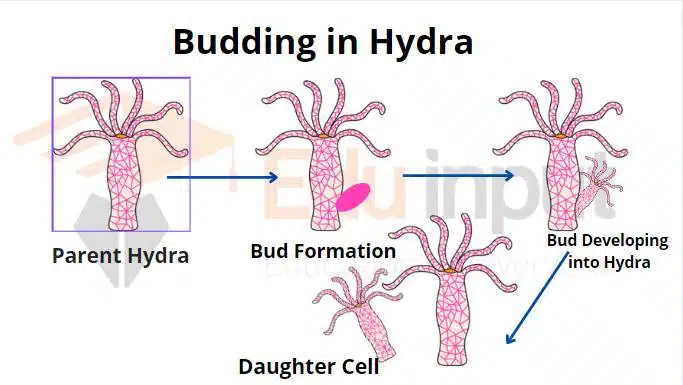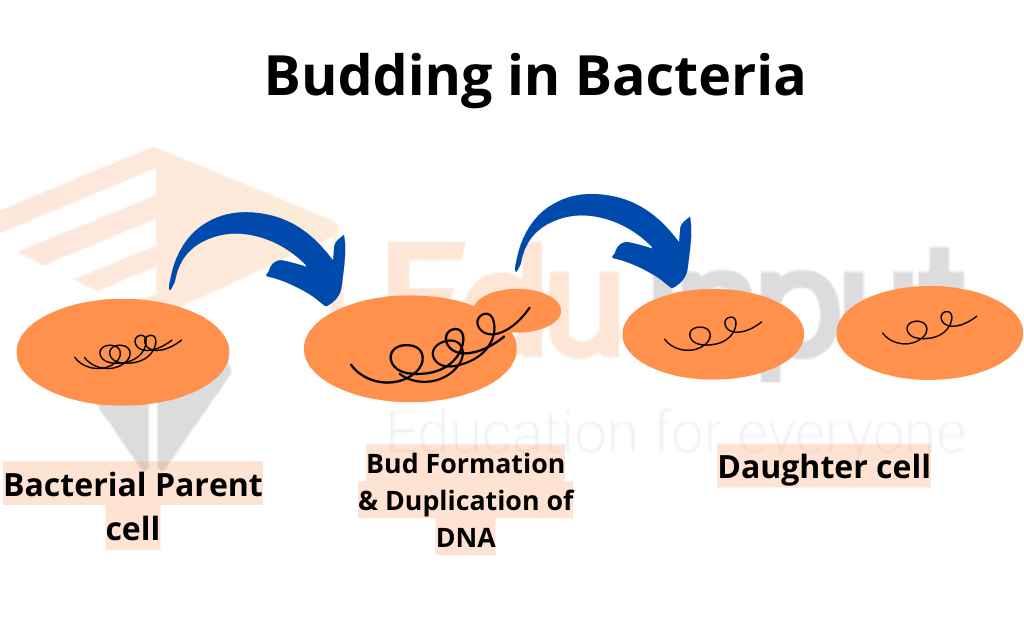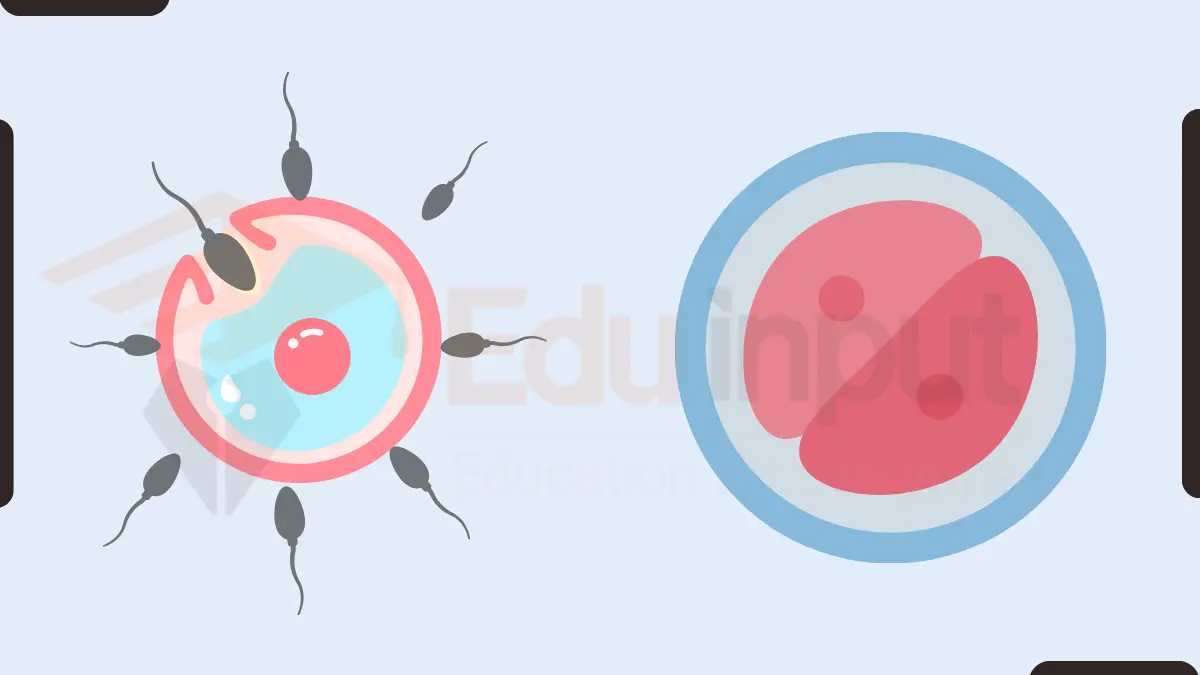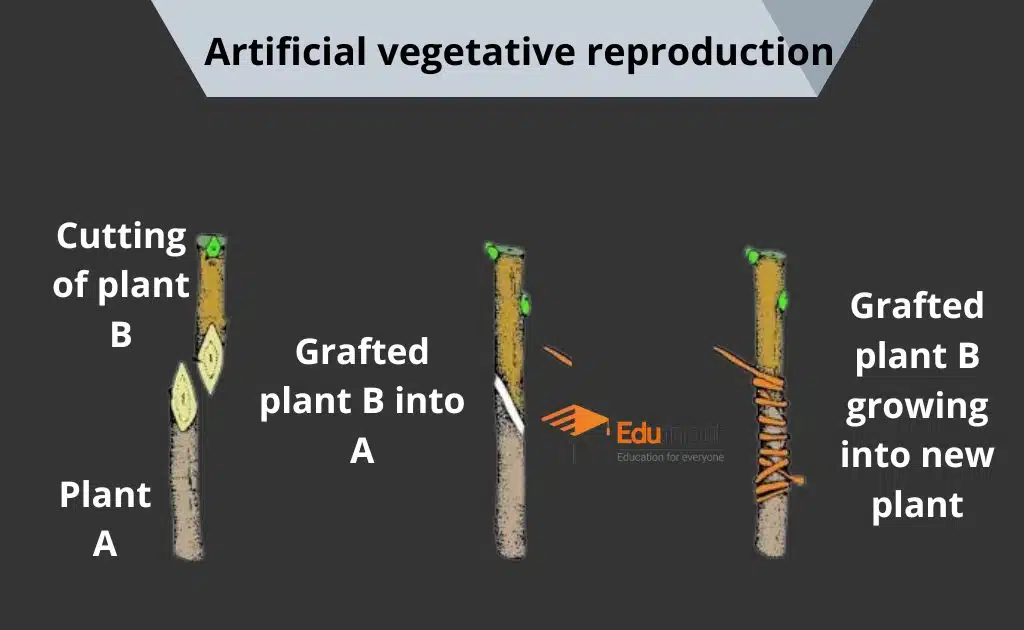Budding – An Overview | Budding in Hydra, Yeast, and Bacteria
Budding is an asexual mode of producing new organisms. Asexual reproduction is most commonly associated with multicellular and unicellular organisms.
In this process, a new organism grows from a small section of the parent’s body. Once the bud has developed enough, it breaks off and becomes its entity.
Some species can produce buds from almost any point on their body, but for many others, budding is restricted to certain areas. A new organism develops and grows while remaining attached to the parent.
When it matures, it leaves scar tissue behind and becomes separated from the parent. This is asexual reproduction, meaning the new organism is a replica of the parent and shares the same genetic information.
Examples Of Organism That Exhibit Budding
Following organisms exhibit asexual reproduction through budding:
What Is Bud?
Buds are small protrusions on the stems of plants that eventually turn into leaves, flowers, or new shoots. Buds come from meristem tissue, which is located at the tips of plant stems.
In areas with temperate climates, trees form buds during the winter months that are resistant to the cold weather. Flower buds are modified leaves that eventually blossom into flowers.
Budding in Hydra
Hydra is a small, tubular creature with a radially symmetric body. It is usually no more than 10 mm long, and it has an adhesive foot called the basal disc. The basal disc secretes a sticky fluid that allows hydra to attach to surfaces.
Hydra reproduce by budding. A small bud develops from the parent hydra, grows larger, and eventually becomes independent. Bud is formed through mitotic division. The bud is nourished by the parent hydra.
Growth starts with the development of small tentacles and the mouth. When it reaches a certain size, the buds become separated from the parent hydra.

Budding in Yeast
Yeasts are eukaryotic and single-celled microorganisms that belong to the kingdom of fungi. The first yeast appeared many millions of years ago, and today there are over 1,500 species of yeast.
When yeast reproduces, they do so by forming buds. This process usually occurs when the yeast has plenty of food to eat. During budding, a small bud grows out from the main body of the yeast cell.
The nucleus of the parent cell then splits in two, with one part moving into the bud. The bud then divides and grows into a new cell.

Budding in Bacteria
When bacteria reproduce by budding, a small bud forms at one end of the mother cell or on filaments called a prosthesis.
As growth proceeds, the size of the mother cell remains about constant, while the bud size keep growing. When the bud grows and possesses same size as the mother cell, it separates.
The daughter cells have a flagellum, which allows them to move around, while the mother cells lack flagella. However, the mother cells have long pili, which are like appendages.







Leave a Reply